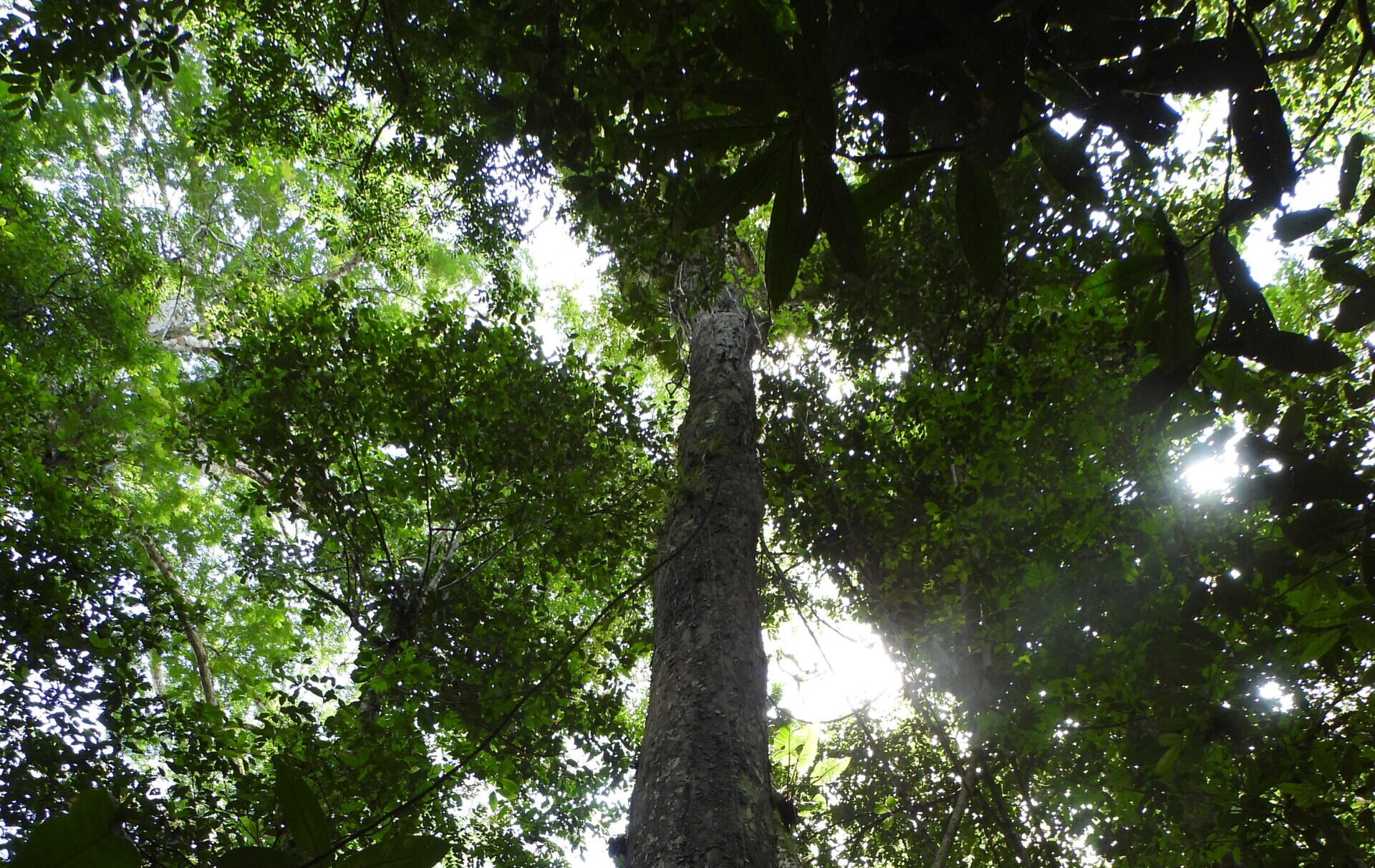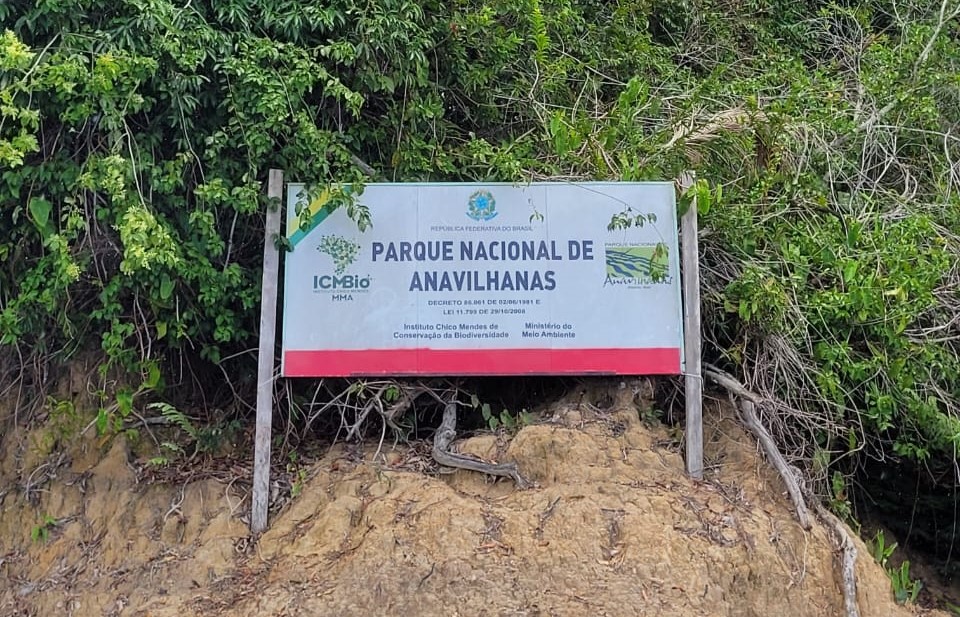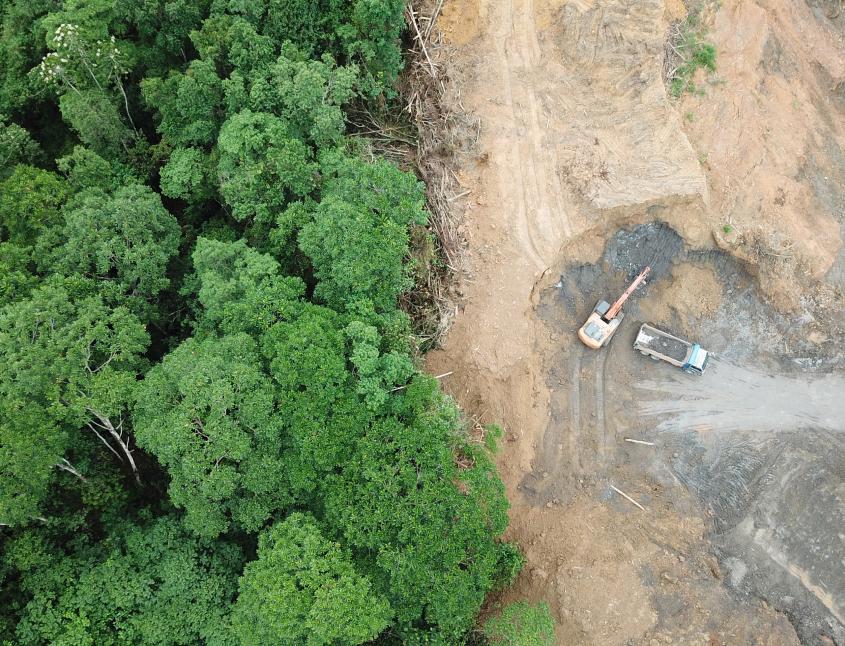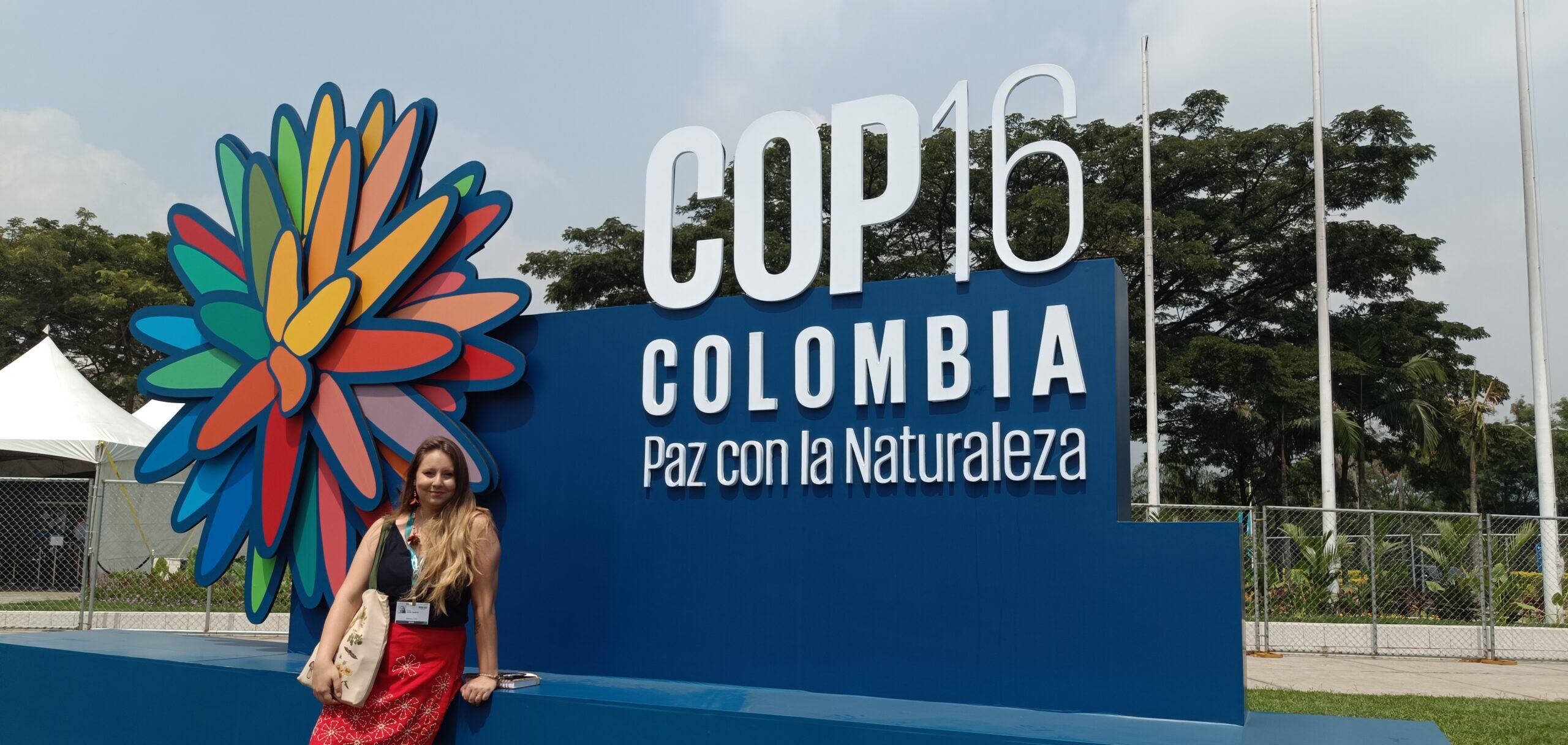
Do you know what a Jurisdictional REDD program is?
Por Camila Armani
20 de March de 2025
REDD stands for Reducing Emissions from Deforestation and Forest Degradation. It is an international initiative aimed at combating deforestation and forest degradation with the goal of reducing greenhouse gas (GHG) emissions that contribute to climate change.
In the case of Jurisdictional REDD+, the focus is to apply this strategy across an entire jurisdiction, meaning that instead of being limited to a specific area, it covers the entire area of a country, province, or state.
In the case of a state implementing the program, the government must promote deforestation reduction policies, such as monitoring and controlling deforestation and providing incentives to those who protect the forest. As a result, the state achieves a reduction in deforestation (and thus in carbon emissions) and can generate carbon credits. By selling these credits, financial resources are obtained, which should be invested in deforestation reduction policies. This creates a virtuous cycle that progressively reduces deforestation while rewarding those who are preserving the forest.
Emission reductions are calculated using a reference period. The reference period consists of the 5 years prior to the program’s start. The baseline is calculated by averaging the annual emissions from deforestation during that period. For the crediting period, the difference between the baseline and the verified emissions results in creditable reductions, which determine how many carbon credits can be issued. Every 5 years, the baseline is updated, requiring the continuous reduction of deforestation for credits to continue being generated.
Tocantins is the first state to implement the program, and Geonoma led the development of this project along with many partners. We are the first carbon project developer to achieve this milestone, and we are very proud of this project!


